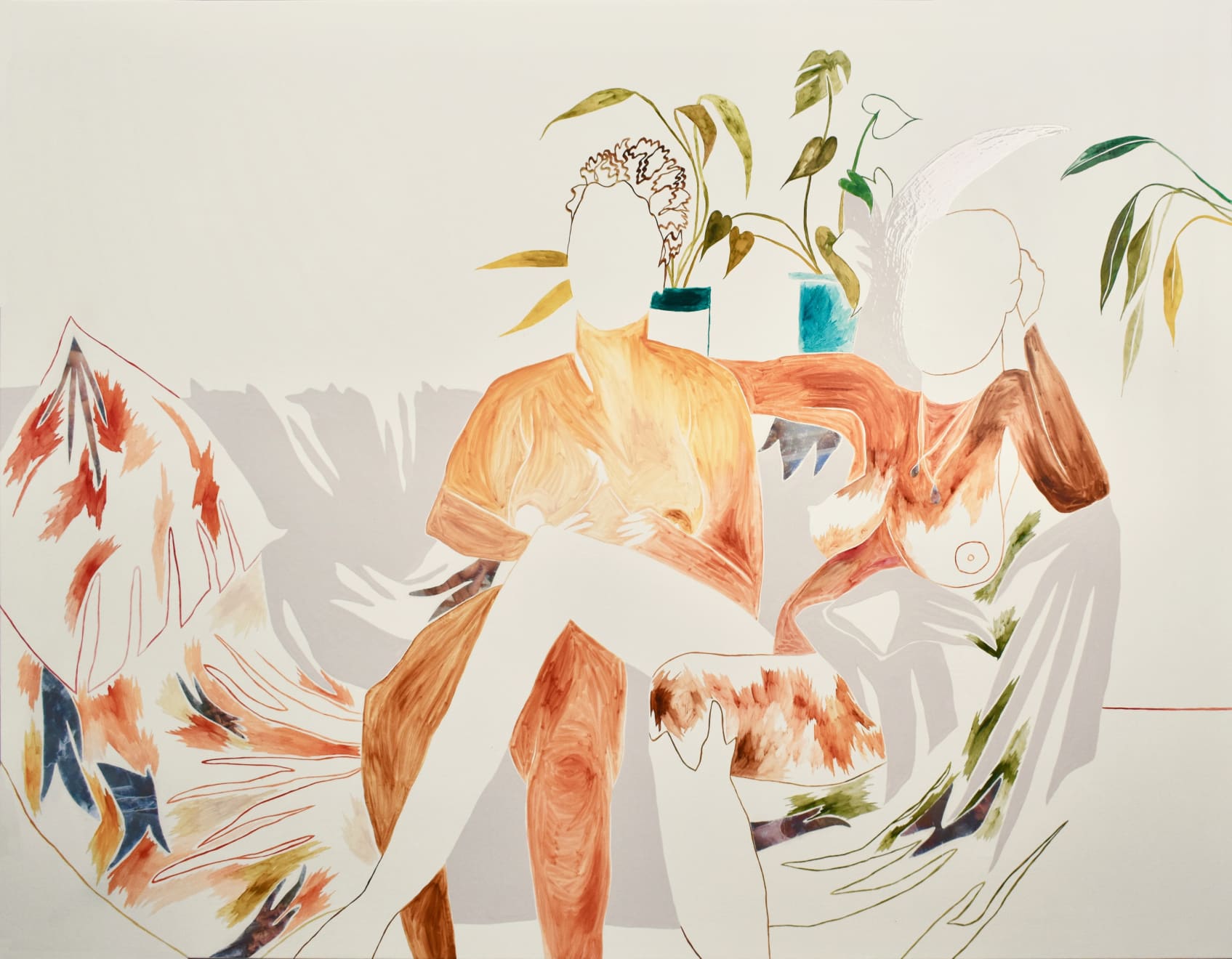Miranda Forrester
Maybe you could make me feel at home?, 2022
Oil, gloss and image transfer on linen
72 x 55 7/8 in
183 x 142 cm
183 x 142 cm
Copyright the Artist
10
de
15


